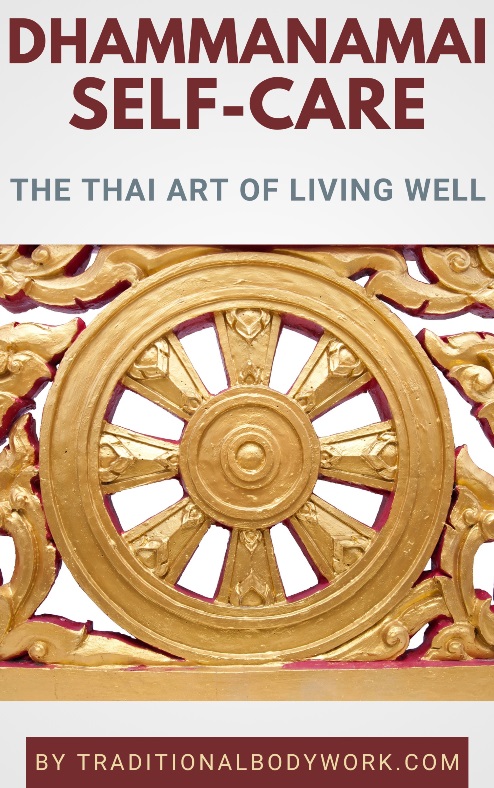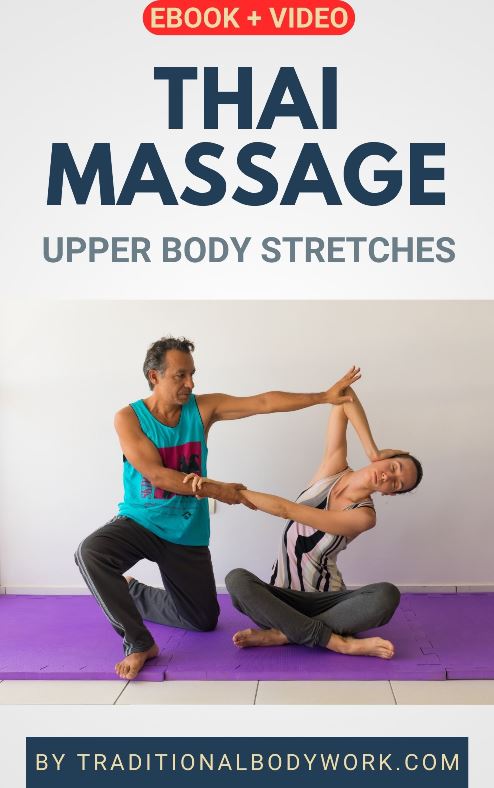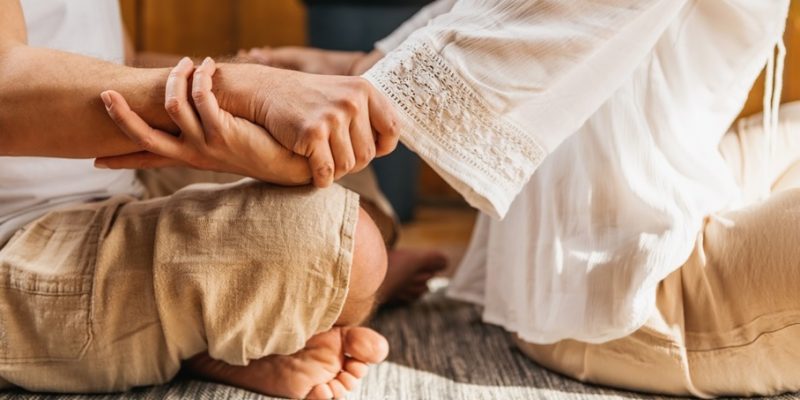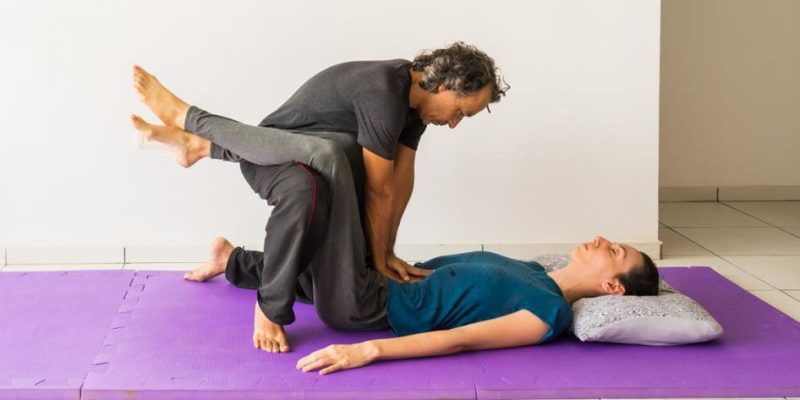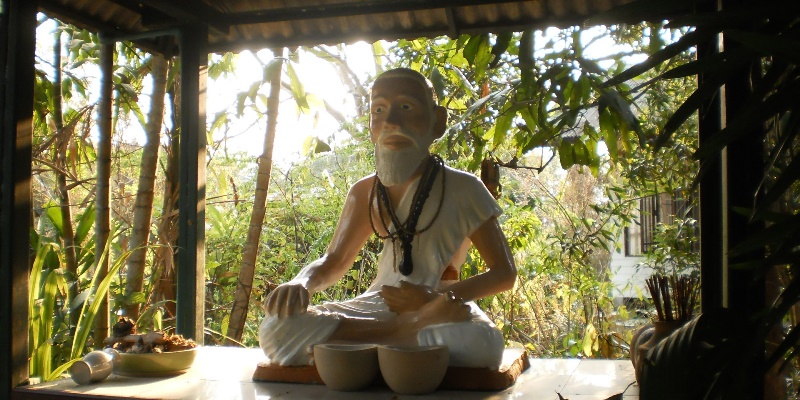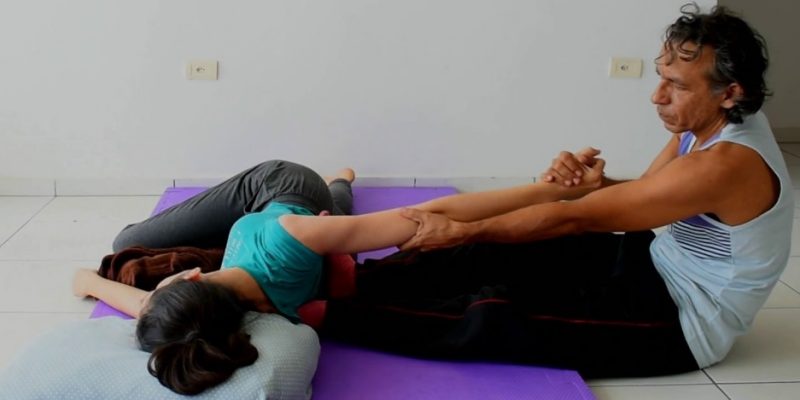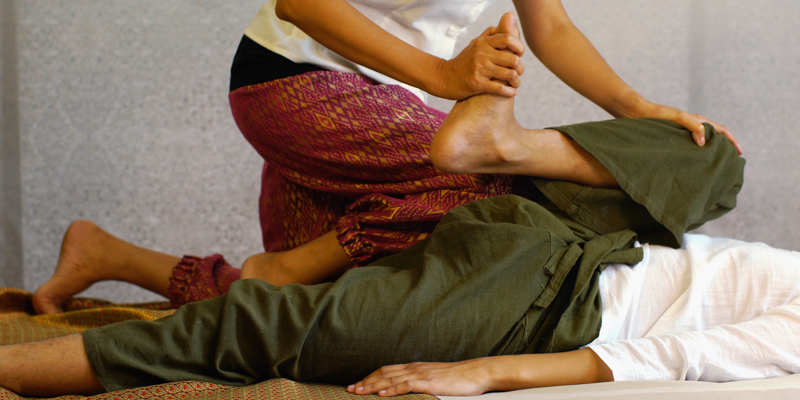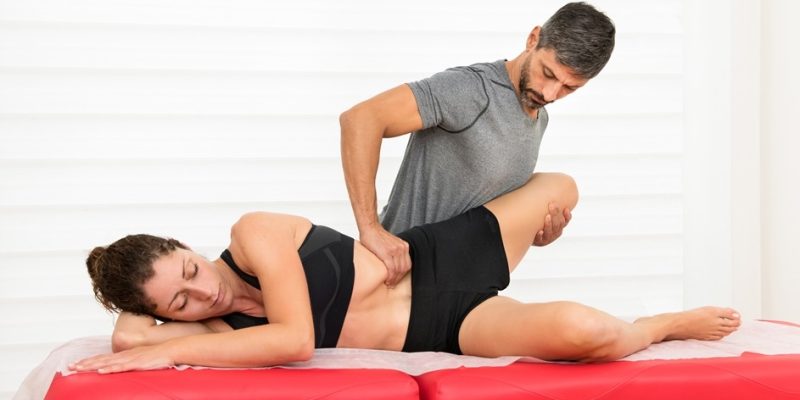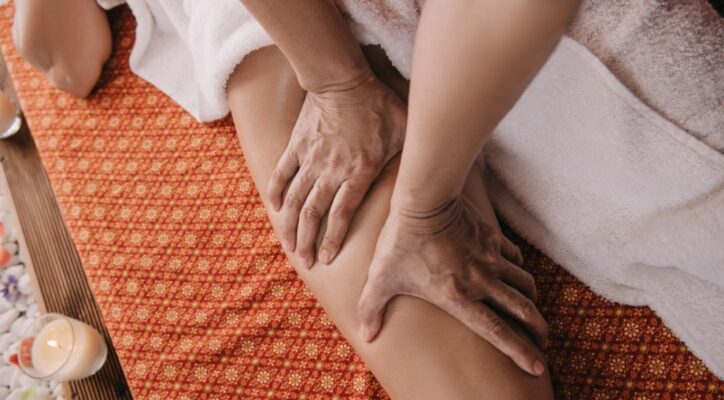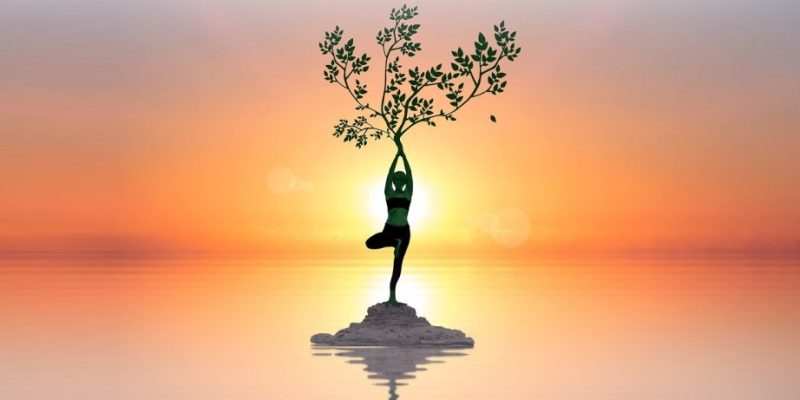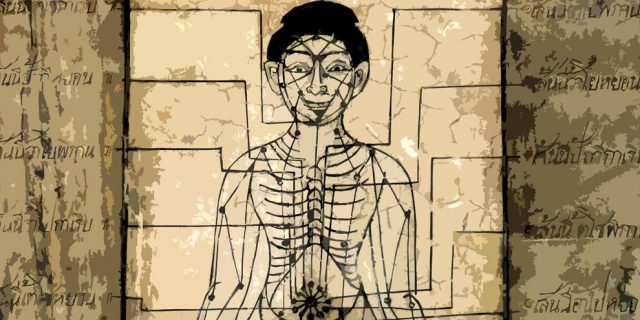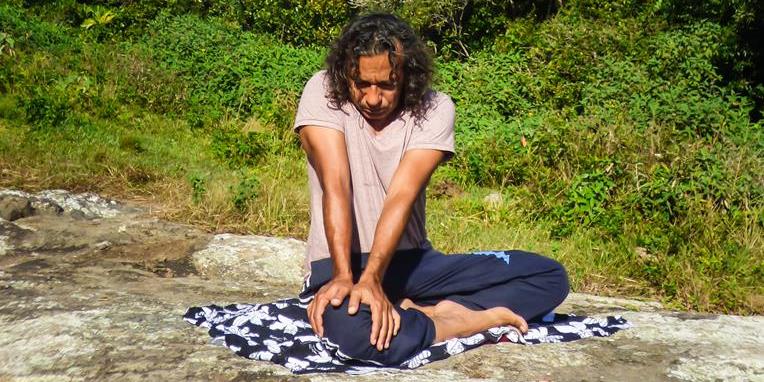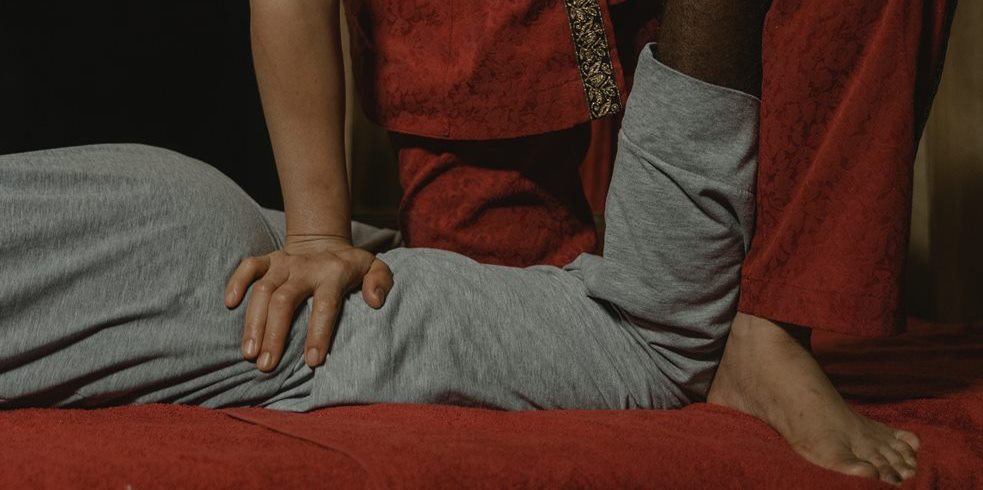
One of the issues when returning to traditional solutions, is that those solutions were designed and put in place to solve traditional problems — problems belonging to a past era. It means that when we use traditional methods and techniques to handle contemporary problems we won’t be sure in reaching the goals we’ve set before us.
We might fail, because the health issues we see today are often not the same as those from the past. That said, they may be the same, but the person dealing with them now, is situated in quite a different historical, cultural, social, economical, and physical environment and context.

To take an example: we might seriously question if we can apply the same techniques and methods on both a traditional Thai rice farmer from the 17th century and on a 21th century white-collar worker from New York city. These are two different types of persons, having a completely different mind-set and physical condition. As such, it makes sense that we need to adapt our way of therapy and healing accordingly.
It means that the results of our Thai Massage sessions should be studied carefully. If necessary, we need to update our way of working in order to respond adequately to so-called “modern” illnesses.
We shouldn’t close our eyes and keep on using old techniques and methods on new situations, just because Traditional Thai Massage “has been proven.” New situations may ask for a new, creative, or at least adapted approach.
Historically seen, it seems that Thai Massage was not designed for “the feeble,” meaning it’s a rather tough and robust way of doing bodywork. And in the past, in Thailand — it worked just fine. But when we attentively follow modern-day results of our sessions we do notice a few anomalies.
For instance, (traditionally approached) Thai Massage works adequately on pure physical issues, like injuries, sports-related tensions, and general prevention (keeping ourselves “oiled” and healthy). Yet, the results of tougher classical sessions are generally less successful when it comes to physical issues with a mental or psychological background. And unfortunately, the latter seem to be the greater part of the problems our clients today suffer from.
Nowadays, we are confronted with a broad range of post-modern related illnesses that express themselves in stress, anxiety, depression, and transferred or mirrored physical tensions, blockages, diseases and malfunctions, as to say — the body reflects the mind, or perhaps more scientifically said: psychosomatic health issues.
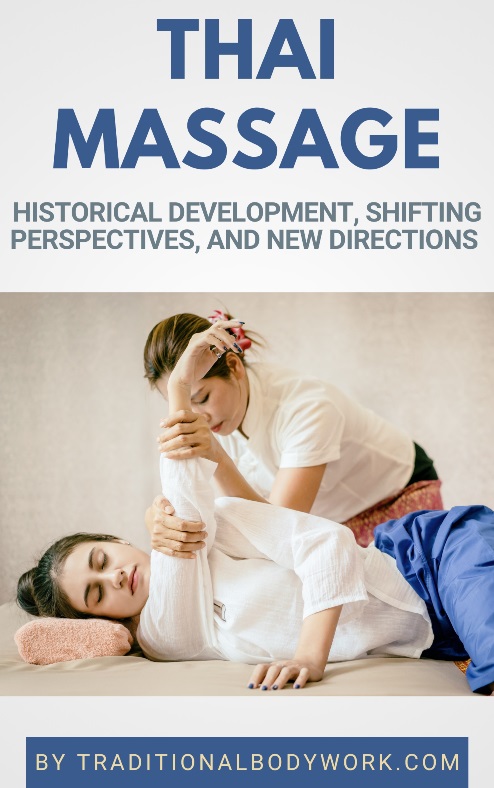
When we encounter “these types of clients” we first need to break through a set of psychological barriers of which the most important are: resistance or defense (trust and approval issues), occidental concepts (Western medicine approaches), and the accumulation of protective, physically layered tensions and blockages.
Most of the times we will not succeed in bringing relief or helping people to heal when we immediately apply a traditional, rather strong, and invasive Thai Massage approach. As a rule, we’ll first need to talk — a lot. Gain trust. We need to go in slowly, persistently, but slowly and gently.
We might get much better results by first “burning away” psychological barriers and at the same time their closely related physical tensions and blockages. Closely related, because most of these physical obstructions are sourced in the former psychological issues mentioned, that is, stress, anxiety, and so on.
These persistent physical blockages form the unconscious stabilizers, grounders, life-savers, compensations and survivors, which are the roots of many further (stacked) physical malfunctions, which can of course can again create psychological issues.
To tackle this kind of pathology, we might have more success when starting off with a softer or “soft” approach. When it comes to this, I’d like to urge Thai Massage practitioners to regularly rethink their practice. To study further. Diligently. To not always take “the tradition” for granted. To redesign and to adapt when results seem to be too meager.
But let me be clear about what I imply — of course the tradition counts for something. It’s a strong, healthy, and successful tradition. And of course we can go back. But to the future.



